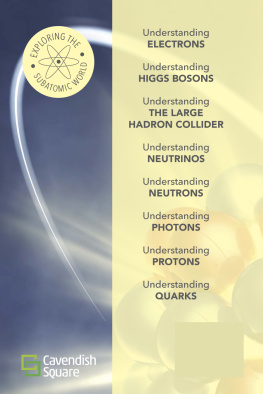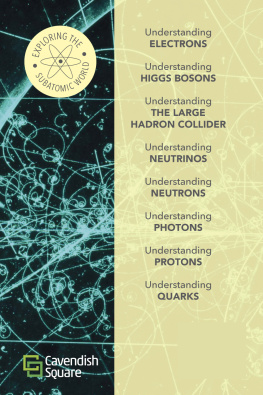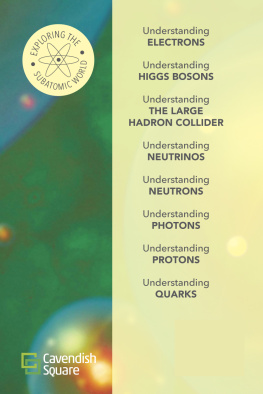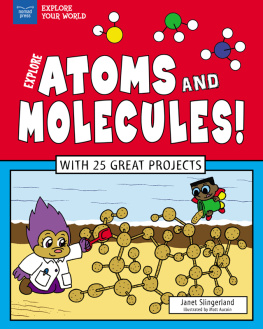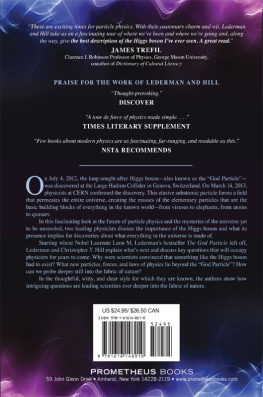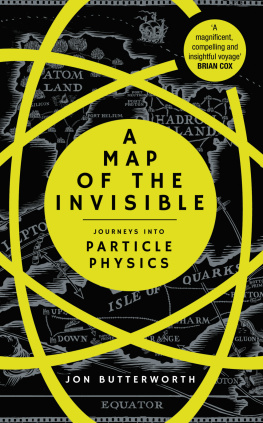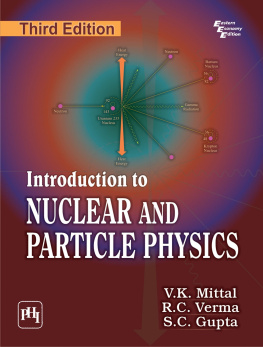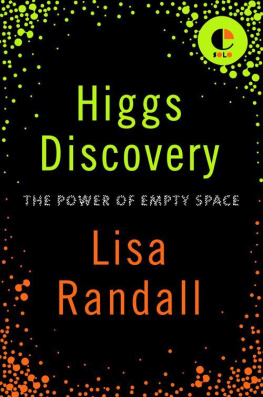B. H. Fields - Understanding Neutrons
Here you can read online B. H. Fields - Understanding Neutrons full text of the book (entire story) in english for free. Download pdf and epub, get meaning, cover and reviews about this ebook. year: 2015, publisher: Cavendish Square Publishing, LLC, genre: Romance novel. Description of the work, (preface) as well as reviews are available. Best literature library LitArk.com created for fans of good reading and offers a wide selection of genres:
Romance novel
Science fiction
Adventure
Detective
Science
History
Home and family
Prose
Art
Politics
Computer
Non-fiction
Religion
Business
Children
Humor
Choose a favorite category and find really read worthwhile books. Enjoy immersion in the world of imagination, feel the emotions of the characters or learn something new for yourself, make an fascinating discovery.
- Book:Understanding Neutrons
- Author:
- Publisher:Cavendish Square Publishing, LLC
- Genre:
- Year:2015
- Rating:4 / 5
- Favourites:Add to favourites
- Your mark:
- 80
- 1
- 2
- 3
- 4
- 5
Understanding Neutrons: summary, description and annotation
We offer to read an annotation, description, summary or preface (depends on what the author of the book "Understanding Neutrons" wrote himself). If you haven't found the necessary information about the book — write in the comments, we will try to find it.
Readers will explore the history of the discovery and the properties of the neutron, the subatomic particle that, with the proton, makes up an atoms nucleus.
Understanding Neutrons — read online for free the complete book (whole text) full work
Below is the text of the book, divided by pages. System saving the place of the last page read, allows you to conveniently read the book "Understanding Neutrons" online for free, without having to search again every time where you left off. Put a bookmark, and you can go to the page where you finished reading at any time.
Font size:
Interval:
Bookmark:


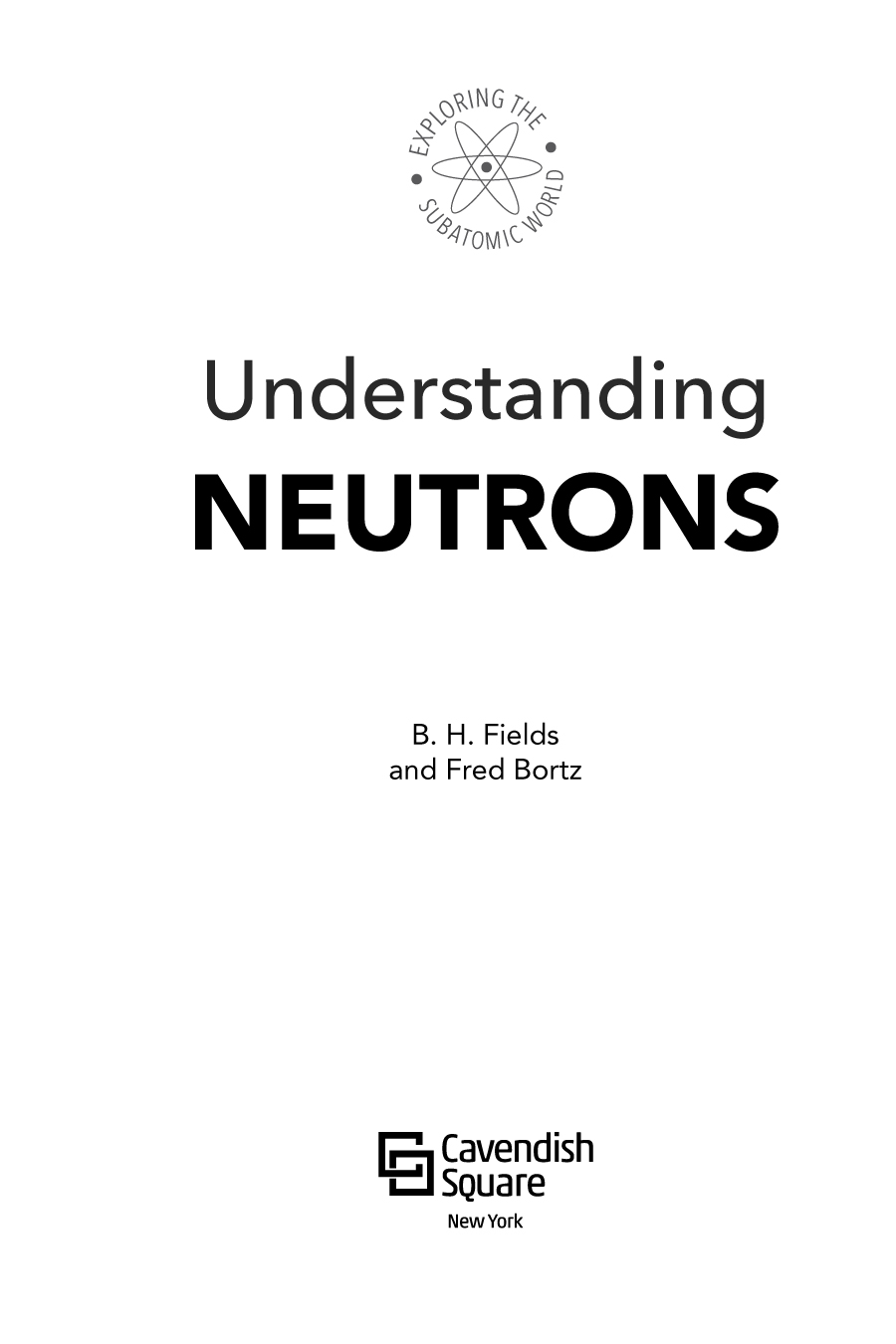
To Susan, who long ago set off a chain reaction for me.
Published in 2016 by Cavendish Square Publishing, LLC
243 5th Avenue, Suite 136, New York, NY 10016
Copyright 2016 by Cavendish Square Publishing, LLC
First Edition
No part of this publication may be reproduced, stored in a retrieval system, or transmitted in any form or by any meanselectronic, mechanical, photocopying, recording, or otherwisewithout the prior permission of the copyright owner. Request for permission should be addressed to Permissions, Cavendish Square Publishing, 243 5th Avenue, Suite 136, New York, NY 10016. Tel (877) 980-4450; fax (877) 980-4454.
Website: cavendishsq.com
This publication represents the opinions and views of the author based on his or her personal experience, knowledge, and research. The information in this book serves as a general guide only. The author and publisher have used their best efforts in preparing this book and disclaim liability rising directly or indirectly from the use and application of this book.
CPSIA Compliance Information: Batch #WS15CSQ
All websites were available and accurate when this book was sent to press.
Library of Congress Cataloging-in-Publication Data
Fields, B. H., author.
Understanding neutrons / B.H. Fields and Fred Bortz.
pages cm (Exploring the subatomic world)
Includes bibliographical references and index.
ISBN 978-1-50260-542-9 (hardcover) ISBN 978-1-50260-543-6 (ebook)
1. NeutronsJuvenile literature. 2. Particles (Nuclear physics)Juvenile literature.
I. Bortz, Fred, 1944- author. II. Title. III. Series: Exploring the subatomic world.
QC793.5.N462F48 2015
539.7213dc23
2014049225
Editorial Director: David McNamara
Editor: Andrew Coddington
Copy Editor: Cynthia Roby
Art Director: Jeffrey Talbot
Designer: Stephanie Flecha
Senior Production Manager: Jennifer Ryder-Talbot
Production Editor: Renni Johnson
Photo Research: J8 Media
The photographs in this book are used by permission and through the courtesy of: nobeastso-fierce/iStock/Thinkstock, cover and throughout; File:Aristotle in Thomas Stanley History of Philosophy.jpg/Wikimedia Commons, 7; Hulton Archive/Getty Images, 8; Ann Ronan Pictures/ Print Collector/Getty Images, 11; Public Domain/File:Joseph Louis Gay-Lussac.jpg/Wikimedia Commons, 12; Public Domain/File:MeH.jpg/Wikimedia Commons, 14; Thomas Forget, 15; SSPL/ Getty Images, 17; Library of Congress/File:Ernest Rutherford 1908.jpg/Wikimedia Commons, 19; Public Domain/File:PSM V56 D0024 J J Thompson.png/Wikimedia Commons, 20; Thomas Forget, 24; Thomas Forget, 26, 28-29; Public Domain/Smithsonian Institution/File:Enrico Fermi at the blackboard.jpg/Wikimedia Commons, 31; Thomas Forget, 33; Roger Viollet/Getty Images, 35; Thomas Forget, 36, 39, 42; Public Domain/File:Otto Hahn und Lise Meitner.jpg/Wikimedia Commons, 44; Dorling Kindersley/Getty Images, 47; Vector version by Dake with English labels by Papa Lima Whiskey, lines modified by Mfield/File:Gun-type fission weapon multilang thin lines.svg/Wikimedia Commons, 48; Yoshikazu Tsuno/AFP/Getty Images, 50; American Stock Archive/Archive Photos/Getty Images, 52-53; Martin Lisner/Shutterstock.com, 54.
Printed in the United States of America
Contents
Atoms and Molecules
The Nucleus
Nuclear Forces
Neutrons and Nuclear Fission
Readers of the entire Exploring the Subatomic World series will notice many similarities between this book and Understanding Protons. That is unavoidable. To physicists such as myself, the proton and the neutron are two different aspects of the same particle that we sometimes call the nucleon. The historical aspects of their stories are quite similar, and thus many parts of the two books are also nearly the same. But there are significant differences between the books as well. I hope you will use both the similarities and differences to understand both types of nucleon and to appreciate what that understanding means to science and technology.
All matter is made of atoms. That statement may seem obvious to you, but when English chemist John Dalton (17661844) made that statement in 1803, it transformed science.
Yet Daltons idea was far from new. The ancient Greek philosophers Leucippus and Democritus had suggested it twenty-three centuries earlier when they asked themselves how small they could cut a piece of matter without changing its nature. They described the smallest possible piece as atomos, meaning indivisible. But their ideas were only of the mind, while Dalton connected the notion of atoms to laboratory observations.
In Daltons theory, the smallest pieces of most substances turn out not to be atoms but molecules. A water molecule is made of two hydrogen atoms and one oxygen atom (H2O). Thus it is not indivisible, but it is still the smallest speck of matter that can still be called water. Dalton spoke of two kinds of substances: elements, which are made of only one kind of atom; and compounds, which are made of only one kind of molecule.
Dalton, like Leucippus and Democritus, thought that atoms were indivisible, but that turns out to be incorrect. As scientists discovered more elements, they began to wonder what distinguished one element from another. Might atoms be made of even smaller particles, just as molecules are made from atoms? By the end of the nineteenth century, physicists (scientists who study matter and energy) had begun to find evidence that the answer was yes.
Today, students like you learn that atoms contain protons, neutrons, and electrons. But that is not the full set of subatomic particles. This series, Exploring the Subatomic World, tells how those particles were discovered and how they combine to give atoms their properties. This book is the story of one of those particles. It will carry you deep inside the atom to explore the nucleus. There you will find neutrons and the forces that act on them. You will also discover how understanding neutrons enabled us to unleash great power, first in war and then for the benefit of the world.
ATOMS
and Molecules
T he ancient Greek idea of atoms was very different from the one we have today. They suggested that the atoms of each different kind of matter had a shape and texture that matched the properties of the substance itself. They expected that water atoms would be round and smooth, while the atoms in rock would be hard and sharp or gritty.
Unlike Dalton, they never considered testing their atomic theory by observing and experimenting. That was not because atoms were too small to see (although they are). It was because testing ideas through observation, a cornerstone of modern science, had not yet become part of human culture. In fact, Greek philosophy took an opposite approach, valuing pure human thought above all else. Logical thinking and reason alone were considered sufficient to deduce the truth. Great thinkers such as Socrates, Aristotle, and Plato used their powerful minds and logic to deduce what they believed to be the truth about the world around them.
Aristotle was considered so brilliant that people would rarely question his ideas, even long after his death. For nearly two thousand years, people simply accepted Aristotles explanation that all the worlds matter was made of four elements: earth, air, fire, and water. The idea of atoms all but disappeared. Today we know that both Democritus and Aristotle were right in one way but wrong in another.
Font size:
Interval:
Bookmark:
Similar books «Understanding Neutrons»
Look at similar books to Understanding Neutrons. We have selected literature similar in name and meaning in the hope of providing readers with more options to find new, interesting, not yet read works.
Discussion, reviews of the book Understanding Neutrons and just readers' own opinions. Leave your comments, write what you think about the work, its meaning or the main characters. Specify what exactly you liked and what you didn't like, and why you think so.

